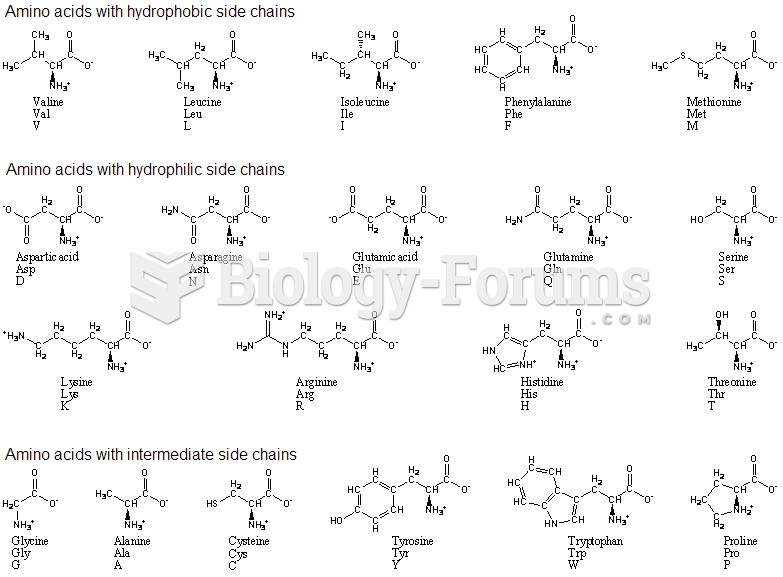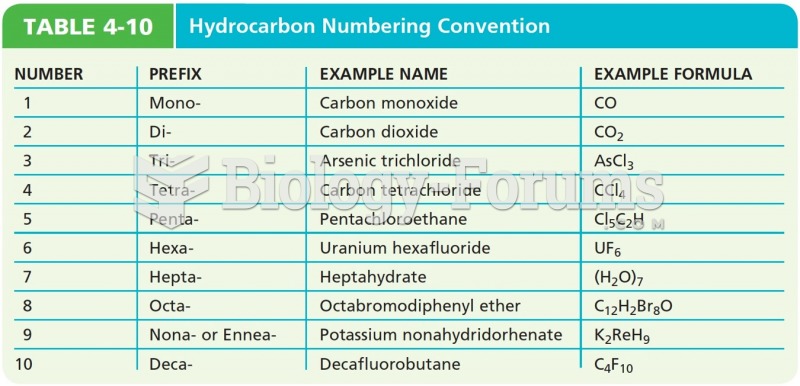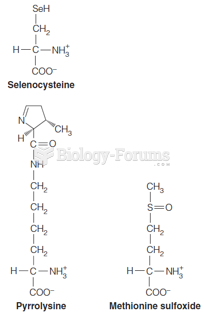Answer to Question 1
As a result of the Stockholm Convention, 178 countries are expected to ban 9 of the 12 most dangerous chemicals.
The Code of Conduct makes clear the responsibilities of both private companies and countries receiving pesticides in promoting their safe use.
The Rotterdam Convention was adopted in 1998 and went into effect in February 2004 . It is an international treaty ratified by 70 countries that promotes the open exchange of information about hazardous chemicals including pesticides.
Answer to Question 2
FIFRA required that pesticides be evaluated both for their intended uses and for their impacts on human health and the environment and that those who use the pesticidesespeciall y agricultural workersmust be appropriately trained and protected from the risk of close contact.
FQPA focuses on protecting consumers from exposure to pesticides on/in food. The following are the major requirements of the act:
a. The new safety standard is a reasonable certainty of no harm' for substances applied to food.
b. Special consideration must be given to the exposure of young children to pesticide residues.
c. Pesticides or other chemicals are prohibited if they can be shown to carry a risk of more than one case of cancer per million people when consumed at average levels over the course of a lifetime.
d. All possible sources of exposure to a given pesticide must be evaluated, not just from food.
e. A special attempt must be made to assess the potential harmful effects of the so-called hormone disrupters.'
One problem corrected by FQPA was the different standards applied to raw and processed food. Processed food could have no detectable levels of suspected cancer-causing substances (the Delaney clause). The detection limits for chemicals were getting smaller and smaller, triggering the Delaney clause, yet there was little scientific evidence that such small quantities of suspected carcinogens were a health hazard. Another problem corrected by FQPA was to change the focus for standard setting from the typical 70-kg man to the most susceptible population: children. Additionally, all exposures have to be considered when setting exposure limits. If a pesticide is found in your drinking water, the exposure limit for the amount allowed in food has to take this into consideration.







